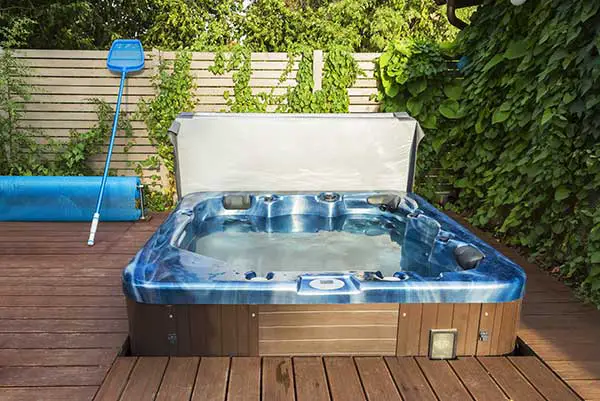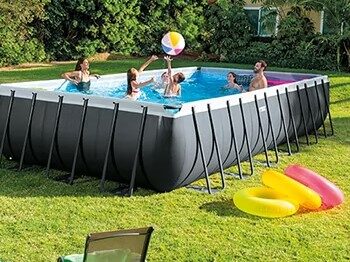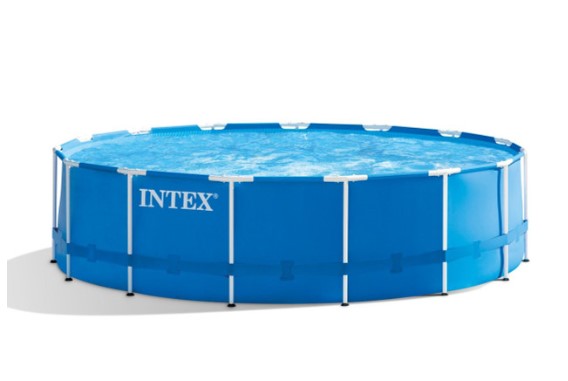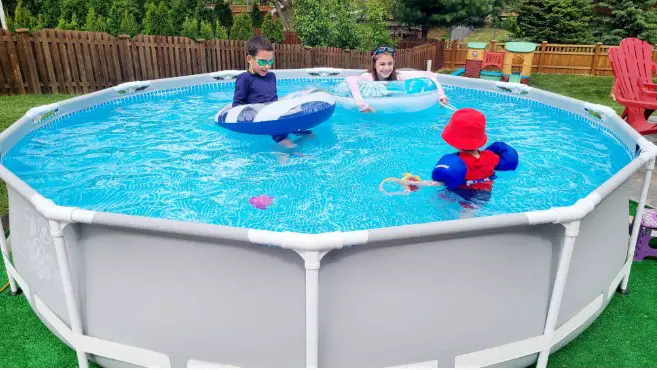Table of Contents
When it comes to enjoying a relaxing soak in a hot tub, one of the most common questions people have is how long it takes to heat up the water. The time required for a hot tub to reach the perfect temperature can vary depending on several factors, including the starting water temperature, the hot tub’s performance, and the desired heat level.
The power source of the hot tub, whether it’s electric or gas, can also impact the time it takes to get the water toasty warm. Additionally, environmental factors such as the outdoor climate and wind can play a significant role in determining the time you’ll need to wait before you can dive in and start enjoying your hot tub experience.
Ultimately, understanding the factors that influence the time it takes to heat up a hot tub will help you better plan your relaxation time and ensure that your hot tub experience is as enjoyable as possible.
Factors Affecting Heating Time
There are several factors that can influence the amount of time it takes to heat up a hot tub. Understanding these factors can help you estimate the time needed to properly heat your hot tub.
Hot Tub Size
One major factor that affects the heating time is the size of the hot tub. Larger hot tubs require more time to heat up due to the larger volume of water that needs to be heated. Smaller hot tubs, on the other hand, will generally heat up more quickly.
Starting Water Temperature
The initial temperature of the water in the hot tub can also have a significant impact on the heating time. If the water you are starting with is already warm, it will take less time to reach the desired temperature. Conversely, if the water is cold, it will take longer to heat up.
Heater Type
Different hot tubs use different types of heaters, which can also affect the heating speed. Electric heaters, for example, are common but may take longer to heat up water compared to gas heaters. However, gas heaters may not be as energy-efficient as electric heaters.
Weather
Outdoor factors like weather conditions can also influence the heating time of a hot tub. Colder weather can make it harder for the hot tub to retain heat, resulting in a longer heating time. Conversely, warmer weather will help the hot tub maintain its temperature and may reduce the heating time.
Insulation
Proper insulation plays a key role in keeping the hot tub water warm and reducing the heating time. High-quality insulation is essential to maintain the heat inside the hot tub and prevent it from escaping. Poor insulation will lead to increased heat loss, resulting in a longer time to heat up the hot tub.
Average Heating Time

The time it takes to heat up a hot tub can vary depending on several factors. Generally, a hot tub heats up at a rate of 3 to 6 degrees Fahrenheit per hour. This means that if you are starting with cold water at around 50 degrees Fahrenheit, it could take anywhere from 4 to 9 hours to reach the desired temperature of 100 to 104 degrees Fahrenheit.
There are a few factors that influence the heating time of a hot tub:
- Initial water temperature: The colder the water is at the start, the longer it will take to heat up. Filling your hot tub with warm water, if possible, can speed up the process.
- Hot tub size: Larger hot tubs have a larger volume of water, which takes more time to heat up. Smaller hot tubs heat up more quickly.
- Heater capacity: Heaters with larger output (measured in BTUs) can heat up water faster. High-capacity heaters are more common in larger hot tubs or spas that are intended for commercial use.
- Ambient temperature: If the air temperature is cold, it can slow down the heating process. A well-insulated hot tub cover can help minimize heat loss during the heating process and maintain the water temperature once the tub is heated.
It is important to note that the heating time may vary from one hot tub model to another. Always refer to the manufacturer’s guidelines for the specific model you own. Also, keep in mind that heating a hot tub requires a significant amount of energy. To minimize costs and be more energy-efficient, consider using a solar cover, scheduling heating during off-peak hours, or investing in a heat pump or gas heater.
Energy Efficiency Tips
When it comes to heating up a hot tub, energy efficiency plays a significant role in saving time and money. Here are some helpful tips to enhance the energy efficiency of your hot tub:
Using a Hot Tub Cover
A hot tub cover is essential for maintaining the heat inside the tub. When not in use, make sure to cover your hot tub properly to prevent heat loss. This will not only ensure faster heating but also reduce energy consumption.
Choose a high-quality cover with proper insulation and a tight fit. Regularly check for damage or wear-and-tear, as a poorly-maintained cover can significantly impact its effectiveness in retaining heat.
Adjusting Temperature Settings
Adjusting the temperature settings of your hot tub can help in optimizing energy use. While you may prefer higher temperatures during colder months, turning down the thermostat by a few degrees during warmer weather can save energy without compromising comfort.
Turning the temperature down when the hot tub is not in use can also help in energy conservation. Remember to turn it back up a few hours before using the tub to ensure it reaches the desired temperature.
Optimizing Heating Schedule
Creating an efficient heating schedule for your hot tub helps in managing energy consumption. Consider the following suggestions:
- Using a timer to automate the heating process during off-peak hours, as energy rates are typically lower.
- Heating the hot tub only when you plan to use it, rather than constantly maintaining a high temperature.
- Monitoring the weather and adjusting the heating schedule accordingly, as colder temperatures may require longer heating times.
By implementing these energy efficiency tips, you can enjoy faster heating times and reduce energy costs, all while doing your part in conserving resources and protecting the environment.
Frequently Asked Questions
Do Larger Hot Tubs Take Longer to Heat?
Yes, larger hot tubs typically take longer to heat up due to the increased volume of water. The time it takes to heat a hot tub varies depending on factors such as size, water temperature, and the type of heating system used. In general, a larger hot tub may take anywhere from a few hours to over a day to reach the desired temperature.
How Long Should I Wait Before Using the Hot Tub?
It is generally recommended to wait until the hot tub reaches your desired temperature before using it. This can vary depending on the starting temperature of the water and the capabilities of your heating system. As a general rule, you should be prepared to wait at least a few hours, or sometimes longer, for the hot tub to heat up to the ideal range of 100-104°F (37-40°C).
Can I Speed Up the Heating Process?
There are a few ways to speed up the heating process of your hot tub:
- Use a higher-quality heater: Investing in a more powerful or efficient heater can reduce the time it takes to heat your hot tub.
- Preheat the water: Filling your hot tub with warm water instead of cold water can significantly decrease heating time.
- Use a hot tub cover: Covering your hot tub while it’s heating helps retain heat and speeds up the process. Make sure to use a well-insulated cover.
Keep in mind that speeding up the heating process may result in slightly higher energy costs, but it can save you time and allow you to enjoy your hot tub sooner.
Key Takeaways
Heating up a hot tub varies depending on factors like size, water temperature, and ambient temperature. Generally, it takes between 4 and 8 hours for a hot tub to heat up.
Electric heaters are more common in hot tubs, while gas heaters can heat the water faster but might be less energy-efficient. Solar covers can help retain heat and reduce heating time.
Maintaining the hot tub and its equipment can impact the heating time. Regular filter cleaning and checking for leaks in the insulation will aid in keeping the tub functioning efficiently.
Ways to reduce heating time:
- Invest in a more powerful heater
- Use a hot tub cover to preserve heat
- Install a solar cover or solar heating system
- Maintain water quality
Monitoring the hot tub’s temperature and having a proper heating schedule can help maximize energy efficiency and ensure a warm soak when desired.




